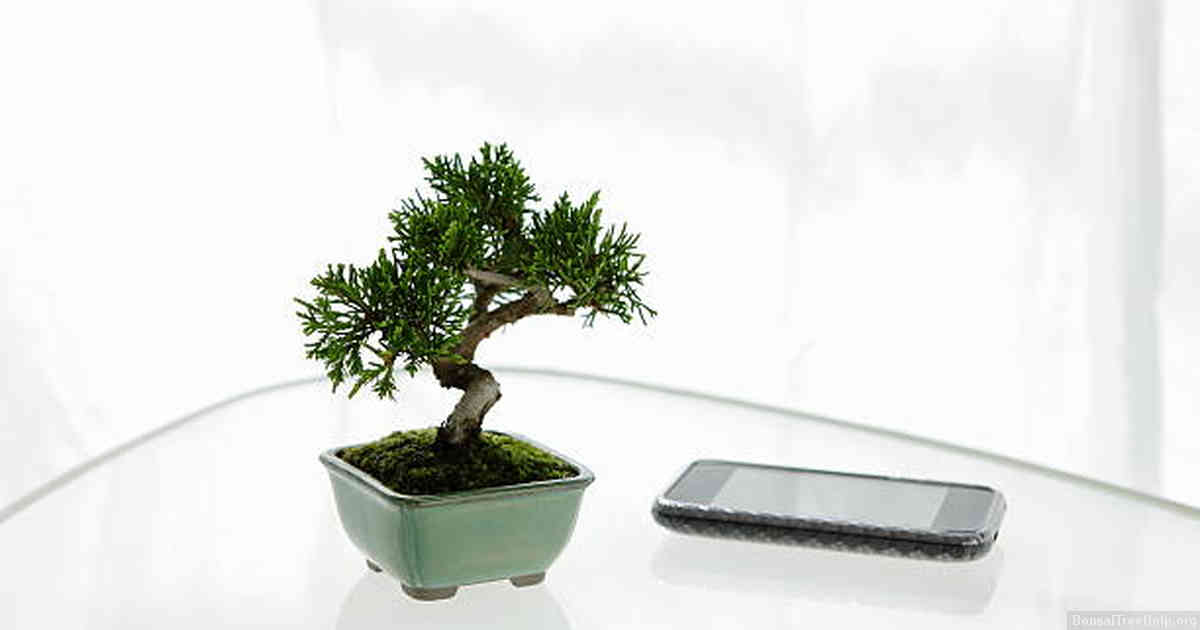
No, bonsai is not bad. The practice of cultivating and shaping miniature trees to create a beautiful display has been around for centuries, with practitioners believing that the process serves to bring them closer to nature while also honing their artistic skills. Bonsai helps people focus on what’s important in life by helping them slow down, be present in the moment, and appreciate the beauty of nature. Bonsais make great centerpieces for any home or office due to their size and shape, which are easy to manage yet still remain aesthetically pleasing.
Contents:
Why Bonsai Has a Bad Reputation
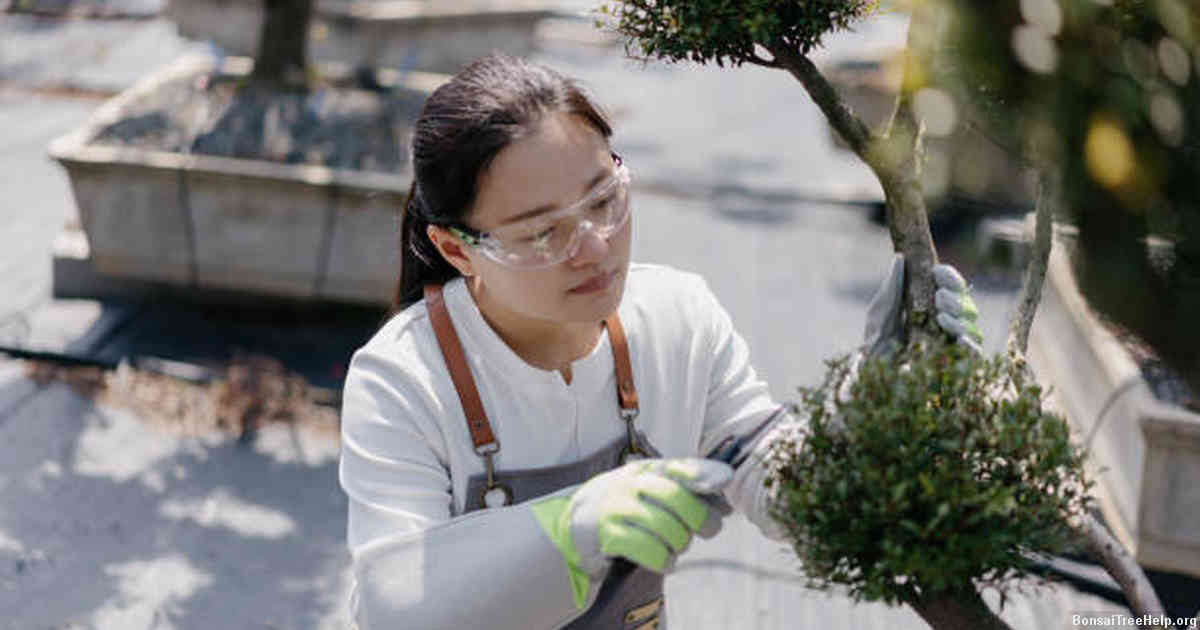
The word ‘Bonsai’ is derived from the Japanese phrase “bon-sai,” which literally translates to “tray planting.” It is an art form in which trees and other woody plants are deliberately maintained as small specimens through pruning. Despite its artistic nature, bonsai has developed a less-than-stellar reputation among many gardeners and plant enthusiasts due to its specialized care requirements.
A major source of this negative attitude towards bonsais stems from the misconception that these delicate plants should not require much maintenance or effort. In reality, properly caring for bonsai trees requires dedication, thoughtfulness, and specific knowledge about how best to meet their unique needs. Failure to adhere strictly to a regimen can easily result in over-pruning or improper feeding, leading quickly to death of the tree. Therefore, those without prior experience or expertise may be discouraged from attempting it by the difficulty involved with doing it correctly.
Another factor that contributes negatively to bonsais reputation is their relatively expensive cost; they often come with a hefty price tag since they have been painstakingly cultivated into such miniature proportions over an extended period of time by experienced professionals with highly specialized skillset. As such, beginners will likely have reservations about investing so heavily when first attempting this form of gardening.
The Art and Science of Bonsai Cultivation
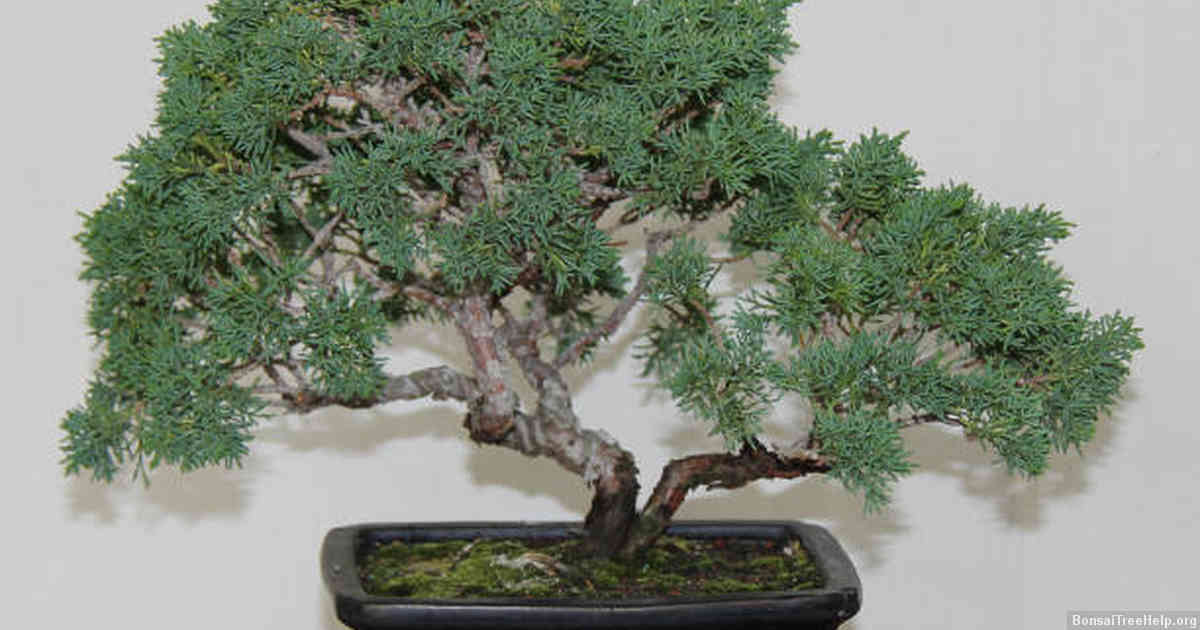
For centuries, bonsai cultivation has been a revered art and science. This traditional horticultural practice is rooted in ancient Chinese philosophy, which views plants and trees as symbolic representations of spirituality and growth. Bonsai practitioners employ rigorous techniques to cultivate miniature versions of mature trees into aesthetically pleasing shapes. In modern times, the meditative aspects of bonsai have gained considerable attention among hobbyists and professionals alike.
The care for a bonsai tree starts with selecting the right pot size for its roots to be able to grow freely but not overcrowded within the container. After that comes repotting at specific intervals – typically every year or two – in order to provide proper aeration and nutrition for your tiny tree’s health. The next step involves applying pruning shears where necessary while keeping up with regular trimming sessions as well; all these tasks are aimed towards guiding the development of desired shapes on each tree. Tools such as wiring or anchoring can be used when necessary to adjust branches, twigs and other elements of one’s bonsais designs into creative compositions suitable for aesthetic display indoors or outside.
Above all else however is water management; providing adequate amounts moisture yet preventing over-watering is essential for any healthy garden inhabitant’s survival let alone a miniature one. If a dryer environment suits your needs better then micro irrigation systems can be employed so that water drips onto your plans slowly, steadily throughout the day rather than large single-doses at certain intervals which may damage some species through an extreme oversupply and result in wilted leaves or worse – rot!
Benefits of Growing Bonsai Trees
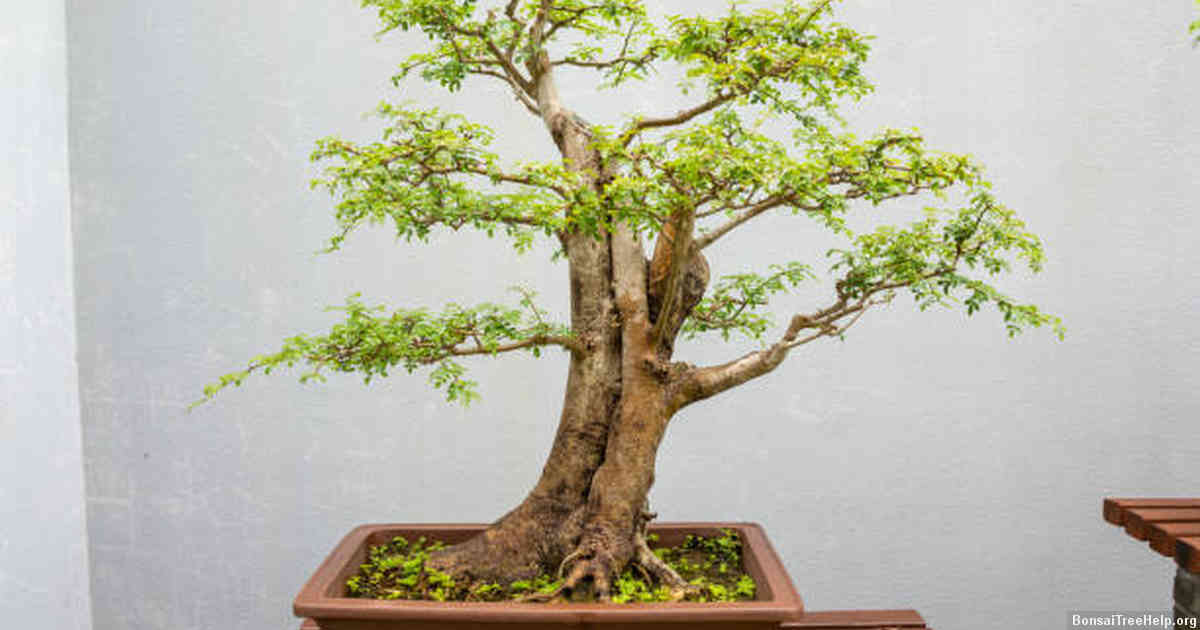
There are many different benefits that come with growing bonsai trees in your home or garden. Bonsai trees can be a great source of relaxation, as spending time caring for the plant can help to reduce stress and create an atmosphere of peace. Growing bonsai plants also comes with aesthetic rewards, as having this kind of miniature tree in one’s space can add a unique decorative element and touch of natural beauty. Moreover, tending to these small trees is not particularly challenging, and the skills needed can be learnt relatively quickly.
Beyond those surface-level benefits, there are additional advantages associated with taking on the responsibility of looking after a bonsai tree. Caring for a living organism forces us to pay attention to our environment, enabling us to become more aware of surrounding elements such as air quality, soil conditions and temperature levels. Enjoying the sight of watching your own bonsai plant thrive has its own satisfaction factor attached which cannot be replicated elsewhere; it is something that must be experienced firsthand to really appreciate its joys.
The maintenance required for keeping up with these small sized plants does not have to take up large amounts either time or money either; any beginner grower only needs very basic tools such as scissors or tweezers and some high quality potting mix – two items which do not need to cost too much when purchased wisely. As long as someone takes care when handling their trees and provides enough light, water and pruning sessions regularly then they will witness first-hand all the positive effects that come along with owning a beautiful bonsai tree.
Debunking Common Myths About Bonsais

Though the bonsai has been around for centuries, it still retains a certain mystique among many. This often leads to a number of myths regarding these tiny trees that are firmly entrenched in some people’s beliefs.
One such myth is that bonsais require constant tending and special care to stay alive. In reality, this couldn’t be further from the truth. While there are certain additional steps one must take when caring for a bonsai, most can easily survive with minimal effort when given sufficient light and water.
Another widespread misunderstanding about bonsais is that they cannot grow beyond their miniature size due to how they were trained into shape. However, healthy bonsais actually do expand over time as long as their roots have enough room to spread out and the pruning techniques used don’t stunt growth. As such, it’s perfectly normal (and even expected) for an owner’s beloved tree to increase in size ever so slightly over time.
Caring for Your Bonsai Tree to Promote Growth and Health
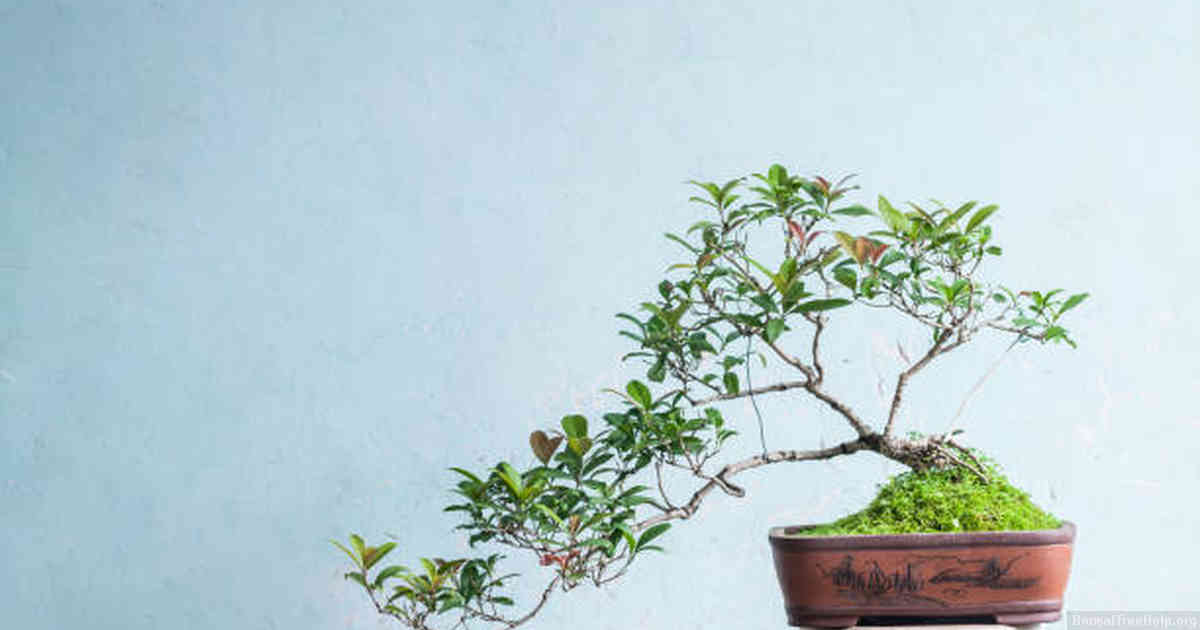
Maintaining a healthy bonsai tree is not as difficult as one might think. Though the process of cultivating and caring for your tree can require time and patience, proper care will help keep your bonsai in top shape. To start with, it’s important to provide your bonsai with the right environment; this includes its location, soil type, watering needs and even fertilizers or other products used on it.
When placed outdoors, make sure that you protect your bonsai from direct sunlight, heavy winds or rain that could otherwise damage its delicate structure. The same applies if you decide to place the tree indoors; be aware of how much light it receives since too little could lead to stunted growth while excessive exposure can cause leaf burn. As far as soil composition goes, ensure that it’s well-draining so as to prevent root rot while also providing enough nutrients required by the plant. When watering your bonsai tree remember to always use distilled water so as not to affect its health negatively through chlorine or other elements found in tap water. Finally consider adding fertilizer every month according to manufacturer instructions for best results.
Overall giving tender love and care on a regular basis are essential steps if you want your bonsai tree to grow tall and strong in good health without succumbing easily during any kind of attack from disease or pests.
How to Ensure Sustainability in the World of Bonsai
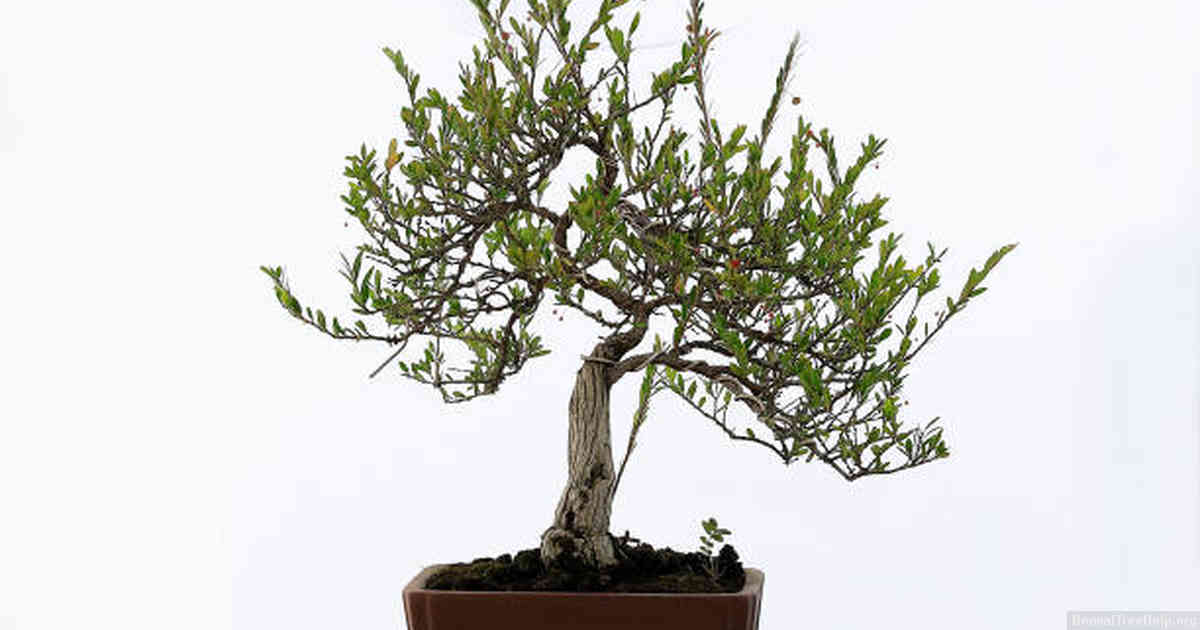
Cultivating bonsai is a practice that dates back many centuries, but only in the last few decades has it become popularly mainstream. For those looking to bring some of nature’s beauty into their homes or gardens, this type of gardening art can make for an attractive addition. As with any activity involving living organisms, however, comes the responsibility to do so sustainably and ethically. Here are a few ways that you can ensure your hobby doesn’t have a negative impact on our environment.
When acquiring trees for bonsai cultivation, it is always preferable to purchase from respected sources such as reputable nurseries and other outlets devoted specifically to these kinds of plants rather than buying from unknown sellers on online auction sites. Where possible visit physically in order to inspect specimens before buying them – ask questions about their origin too if anything seems amiss. Check for proof that whatever stock being offered has been grown through ethical means (e.g. minimum chemical inputs) and try not to disrupt wild habitats with inappropriate picking or collecting activities which could damage delicate ecosystems or threaten endangered species populations.
Once you have your chosen tree in hand it is important to properly care for it in order remain healthy and flourishing over time; taking regular checks will help identify any potential problems sooner rather than later thus giving you more chance of success when dealing with them before they become fatal afflictions leading towards loss of life – remember poor soil structure plus incorrect watering regimes are two primary causes of failure. Regular pruning sessions will also be required – use clean implements each time paying special attention towards removal of dead wood plus leaves growing along the trunk surface; bad maintenance practices could potentially leave disease-causing fungal spores lingering which could spread across multiple plants affecting other individuals within close vicinity negatively so take extra caution here please!
Why Everyone Should Give Bonsai a Try

Bonsai plants have been an important part of Japanese culture for centuries. They are small but mighty, and they can make any room feel alive. With their unique shapes, sizes, and textures, bonsai can be a conversation starter or just serve as a soothing presence in the corner of any living space. Despite its popularity in Japan, many people around the world have yet to fully appreciate this miniature wonder-tree.
The beauty of these smaller trees lies in their ability to create lasting connections between nature and humanity. The size makes them manageable so that owners don’t need a large outdoor area to look after them. Bonsai’s easily adaptable design allows them to fit comfortably into most indoor spaces; with the right care, these little plants can even flourish within apartment walls. Just like larger trees, pruning them helps maintain proper shape and health. Thus providing stress relief activities such as observing your tree as it grows over time is very therapeutic for anyone seeking some peace of mind on busy days.
More than ever before during stressful times bonsai have been proven scientifically beneficial through their calming effects on people’s mind & body while lifting up their mood at the same time; this comes from the fact that having something outside themselves that requires daily attention provides balance in life which boosts confidence and personal development like nothing else could do this alone would not be possible without these amazing mini-plants. Whether you’re looking for a creative project or just want something simple to add life to your home – everyone should give bonsais a try!
Leave a Reply